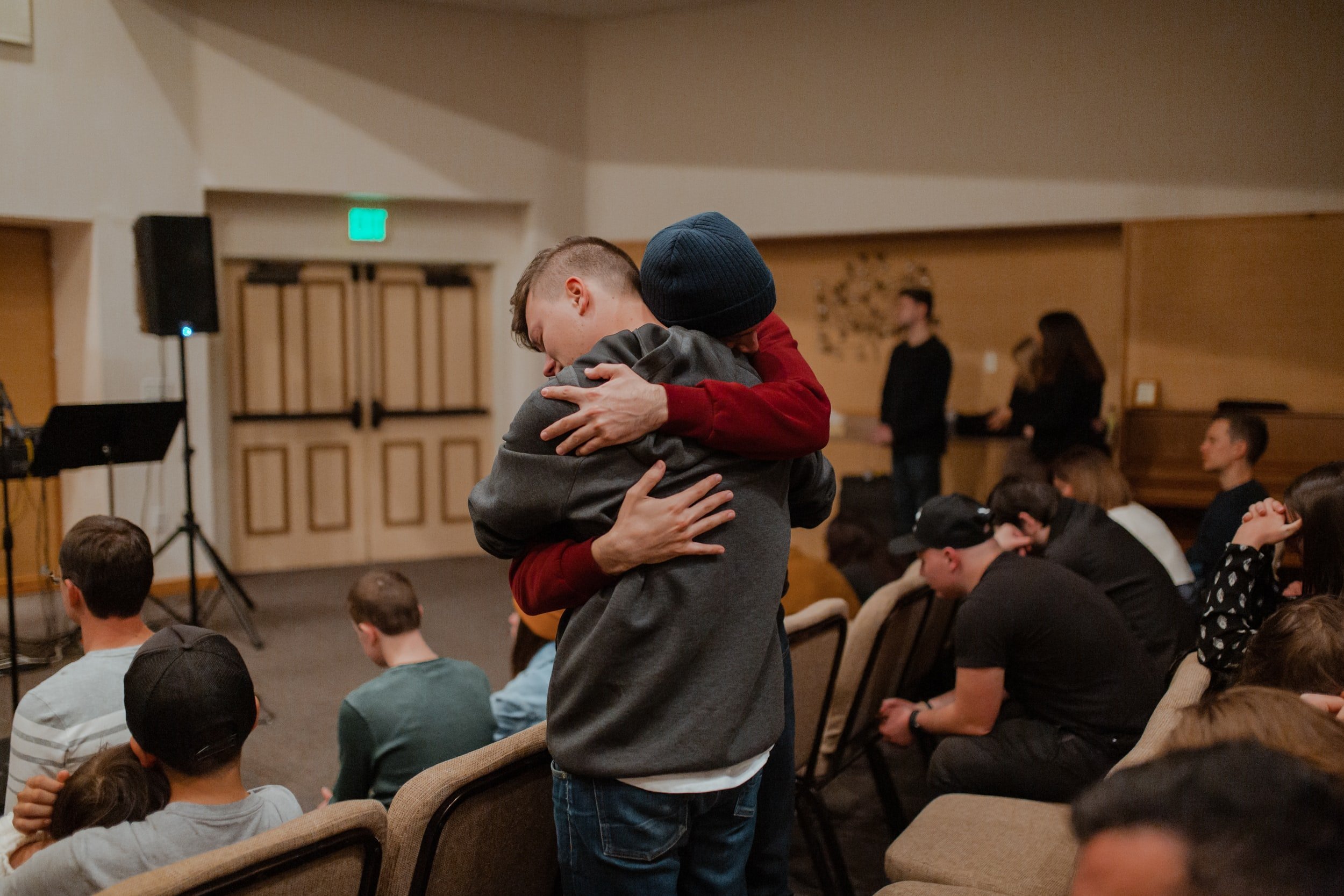Reckoning with Race in Adolescent Stories
This year ABC rebooted the classic 1990s series The Wonder Years, a show we discussed in our previous blog as a portal for talking about middle school and early adolescence. The time period of the late 1960s remains the same and the two series share many of the same coming-of-age themes, but there is one big difference. Instead of focusing on a middle-class white family in California, the family at the center of the reboot is a middle-class Black family living in Alabama.
Changing the race of a character or the cast of a show or film, or racebending, has a long history in America. While it has often been a tool of discrimination and whitewashing, it’s been used more recently to increase representation of people of color and disrupt established narratives. The Wonder Years reboot does the latter.
Research has consistently shown how important it is that children and young people see characters who not only look like them but also sound like them. Diversity and inclusion in film and television contributes to young people of color’s identity formation in positive ways when they avoid stereotyping (and the same can be said for LGBTQ+ youth). The new Wonder Years joins shows like Reservation Dogs and On My Block in mixing coming-of-age comedy with the drama of growing up in a society plagued by discrimination and structural racism.
Based on an early viewing, the reboot accurately depicts the universals of early adolescence - not just its awkwardness and heartbreaks, but also the ways in which young people explore their identities, make discoveries about themselves and the world around them, and benefit from the support of caring adults. It has to tread the fine line between overgeneralization and authentic portrayal of the experience of Black families in the South in the late ‘60s. In the original series, Kevin getting pulled over and ticketed is an annoyance. In the reboot, Dean gets the “police talk” from his parents well before he can even drive.
These shows have a delicate balance to strike. We know that all portrayals of adolescence better serve development when they address this stage of life not just as one to survive - filled with heightened risk - but also as a unique opportunity to build lifelong resilience and agency. That’s why narratives that effectively tackle race and equity in adolescence are ones that not only present adversity in believable ways, but also authentically show characters growing in resilience by navigating through it.
Here are a few recommendations, informed by our research, to support that approach.
Portray racism as embedded in everyday institutions, not just through transient interpersonal interactions. Highlighting how our institutions and social norms maintain racial inequality, limit opportunities, and create unequal access for people of color helps audiences to see their own roles in perpetuating these norms—and how it harms adolescents. For instance, in the fourth season of The Wire, the show portrayed to wide acclaim, an accurate view of Baltimore Schools: dysfunction, waste and mismanagement, a dearth of resources. The viewer absorbed the ways in which adolescents in such a large, underfunded school system struggle with navigating education and social pressures without the safety nets provided by more advantaged districts.
Use storylines that connect young people to their communities in positive ways. When adolescents are connected to their communities, both adolescents and communities thrive. Centering young people’s stories in the communities that shape them also makes for compelling narratives. The success of Hulu’s Reservation Dogs comes in part from its showing how the characters’ lives and outlooks are shaped by their experiences living in a reservation community. The characters and conditions that surround the four main adolescent characters are often played for laughs, but they also help make the story more meaningful.
Tell stories of resilience and agency, not just adversity. Authentic depictions of adolescents of color cannot ignore the challenges of growing up in a racist society. But depictions of some young people, particularly young Black men, being “lost” reinforces harmful stereotypes and can have a negative effect on identity formation. Stories that show young people not only confronting but also tackling oppressive, racist systems - not just racist individuals - makes for engaging storylines and shows audiences how structural racism works (see The Hate U Give).
Freelancer








